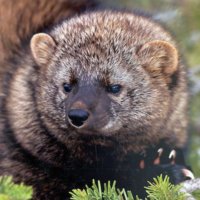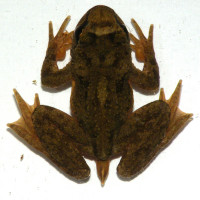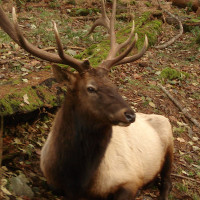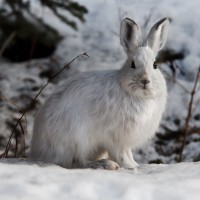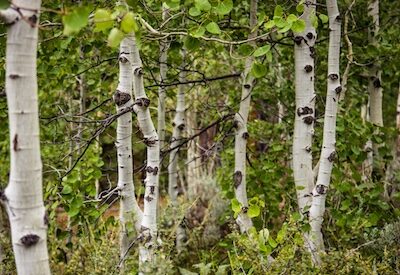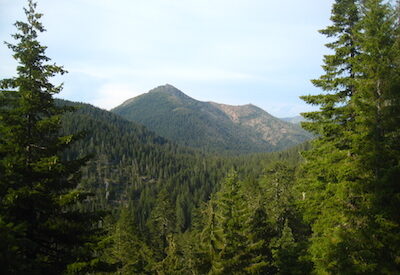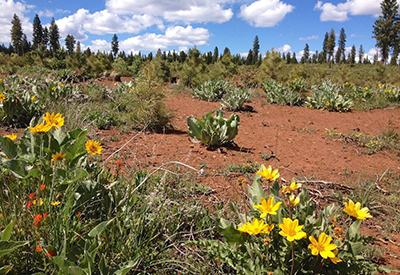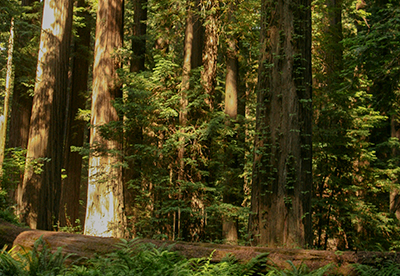Wet Meadow Habitat
A wet meadow is a type of wetland with soils that are saturated for part or all of the growing season—the “sponge” of the local ecosystem. As one of the region’s most plant-diverse habitats, wet meadows attract large numbers of birds, small mammals, and insects — including several species of butterflies.
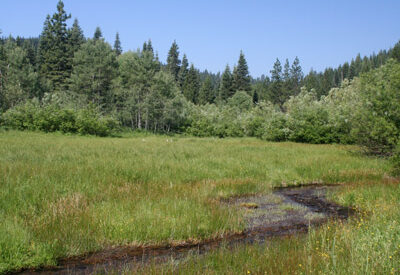
QUICK FACTS
- Wet meadows are home to a high diversity of plants but few fish and amphibians.
- Artificial draining and fire exclusion can impair wet meadow health and species diversity.
- Wet meadows help regulate the amount of water flowing into forest creeks—preventing flooding in the spring and drought in the summer.
About Wet Meadow Habitat
A wet meadow is a type of wetland with soils that are saturated for part or all of the growing season. Wet meadows may occur because of restricted drainage or the receipt of large amounts of water from rain or melted snow. They may also occur in riparian zones and around the shores of large lakes.
Unlike a marsh or swamp, a wet meadow does not have standing water present except for brief to moderate periods during the growing season. Instead, the ground in a wet meadow fluctuates between brief periods of inundation and longer periods of saturation. Wet meadows often have large numbers of wetland plant species, which frequently survive as buried seeds during dry periods, and then regenerate after flooding. Wet meadows, therefore, do not usually support aquatic life such as fish. They typically have a high diversity of plant species, and may attract large numbers of birds, small mammals, and insects.
Wet meadows’ area has been dramatically reduced. In some areas, they are partially drained and farmed and, as a result, lack biodiversity. In other cases, the construction of dams has interfered with the natural fluctuation of water levels that generates wet meadows.
Photos: Title image, Wet Meadows of Butte Creek Meadows. Second image by Jon Remucal.
Why Conserve this Habitat?
However, mountain meadows are among California’s most threatened habitats due to fire exclusion. Encroaching conifers have lowered the water table, drying out these very diverse habitats.
How We Conserve this Habitat
Explore What We Do
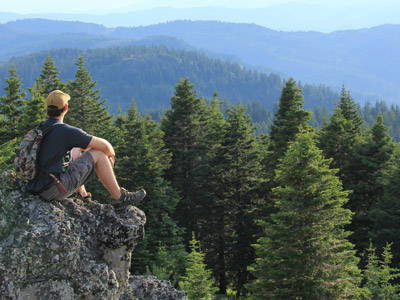
Conserve Forests
We work with landowners to conserve well-managed forests, building resilient landscapes.
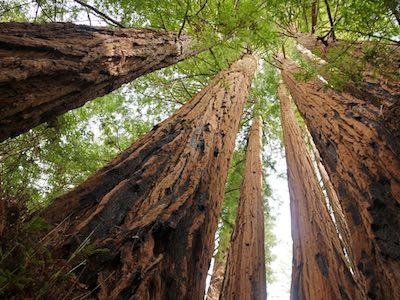
Advance Climate Solutions
We protect, restore, and sustain forests to mitigate climate change and help species adapt.
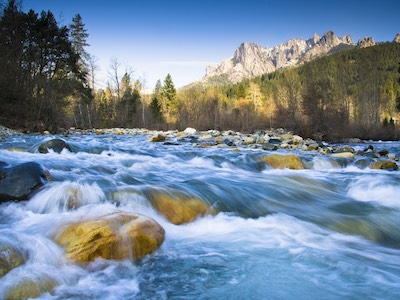
Protect Water Sources
We ensure water security by protecting forests that provide life-sustaining water to millions.
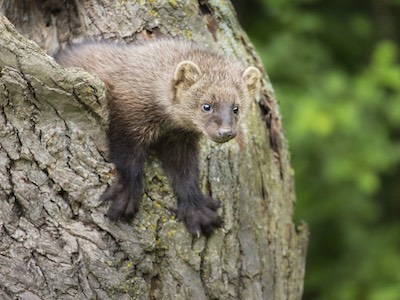
Save Wildlife Habitat
We conserve and restore habitat to protect the animals and plants that depend on forests.






